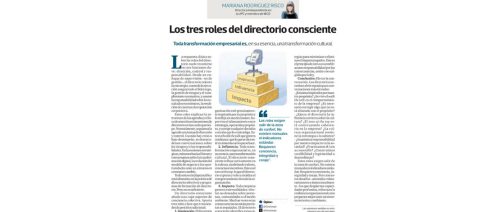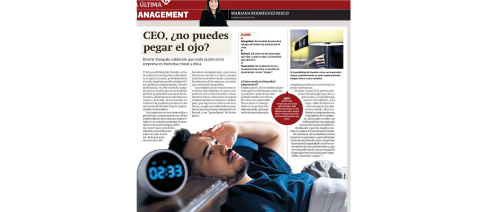A 3-question test for the truly innovative organization
Regardless of your favorite definition of Innovation, in my view, innovation must be effective, sustained and transformative. Put your organization through this simple test.
Question 1: How Effective is your Innovation?
Describe what your organization got out of the Innovation.
Innovation must get you a real and concrete benefit. Better if it exceeds your expectations. This benefit may be unique competitive advantage, a differentiating attribute for your brand, or a different way to serve your customer. Something that makes you feel that it was worthwhile, even if you cannot put a dollar amount to it.
In the early days of UPC, the university I co-founded was searching for ways to build a reputation in an industry with many 50 to 100yrs old established universities. An industry where age was a proxy for quality. Furthermore, we wanted UPC to make a name as «the new university», new not as in young, but as in modern and innovative.
We launched «Creatividad Empresarial» in 1996. An «Oscar like» award winning annual ceremony for innovations in the Peruvian Business Community. We managed to secure the mayor media (newspaper, radio and TV) as allies to build awareness and have a live transmission of the event. 20+ years later, Creatividad Empresarial remains the most sought out event on innovation in a Peru. Board Presidents, CEOs and their teams wait in expectation for the fanfare to end, for the envelope seal being broken and for the phrase «and the winner is..»
Answer to question 1:
Creatividad Empresarial positioned UPC’s unknown university brand in the top of mind of the most influential corporate and business leaders, associating it with creativity and innovation. It also got UPC thousands of dollars in free media and print advertisement (winners ads).
I give the entire credit for this brilliant idea to my partner David Fischman and Jorge Salmon, Dean of the School of Communication at the time.
Question 2: Is your organization able to sustain innovation year after year?
List all the successful innovations that you have had in the last 5 years.
History has taught us that without sustained innovation your organization might not make it in the long run. Every innovation becomes a commodity overtime. Furthermore, like in the case of companies like Kodak, an extraordinary innovative hit, might trap you in success, inhibiting your ability to see the need to change.
Innovation must become part of your organizational DNA, making it uncomfortable for you to stay put.
Answer to question 2:
In 2007 UPC published a small book called «UPCs 100 unknown secrets». It was a listing of 100 innovations ranging from being the first university in Peru to open a Starbucks on Campus to being the first university with open shelves and self-service.
Question 3: How has your organization disrupted the industry?
In one sentence, describe the industry rule (or paradigm) that your organization’s last mayor innovation changed (or broke)
True Innovation is disruptive. It makes long standing standards or ways of doing things, obsolete. It changes the rules of competition, rendering strengths useless, or worse turning them into weaknesses. It takes the game to a whole different level, leaving your competitors out or behind, in a catch-up mode. Even better, the innovation is so disruptive that it goes unnoticed by the major players of the industry until it is too late.
I cannot give up what is cooking right now in UPC’s innovation kitchen. However, I can tell you about what I regard one was one of the most disruptive innovations UPC introduced.
In the 1990s-university admission was very selective and based on exams, mostly knowledge based. Exams where schedule at the end of the summer and exam dates where publish in the newspaper. Prospects had basically one shot a year for admission and it was not unusual for young people to try for 3 to 5 years, many times, with no success.
UPC came up with an admission process based in aptitude not knowledge. We approached the feeder Schools before the summer with a marketing strategy (bad word in the education sector at the time) and scheduled the admission process before the summer. Later, we introduced differentiated admission processes, considering performance in high school, and a preference admission for high school students at the top of the class.
Answer to question 3:
We broke the paradigm of the knowledge base test given at the end of the summer as the only university admission model. By changing the rules of admission, we altered the rules of competition for the best high school students. As a young university, we were thrilled to get a great share of the top students of the top feeder schools, well ahead of the other traditional universities. Today, only a few universities are still relying solely on a test for admission. And marketing to feeder schools is no longer frowned upon by the academic community.
Taking the test and understanding where your organization is in terms of true innovation capabilities is a first step. Then you can make a commitment to developing your own organization Innovation DNA.
Mariana Rodriguez Risco
- Twitter: @mrodriguezrisco
- LinkedIn: https://www.linkedin.com/in/mariana-rodriguez-risco
- Blog: http://marianarodriguezrisco.com



